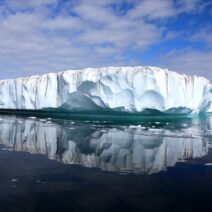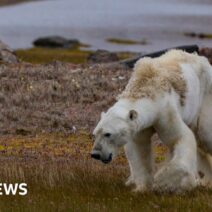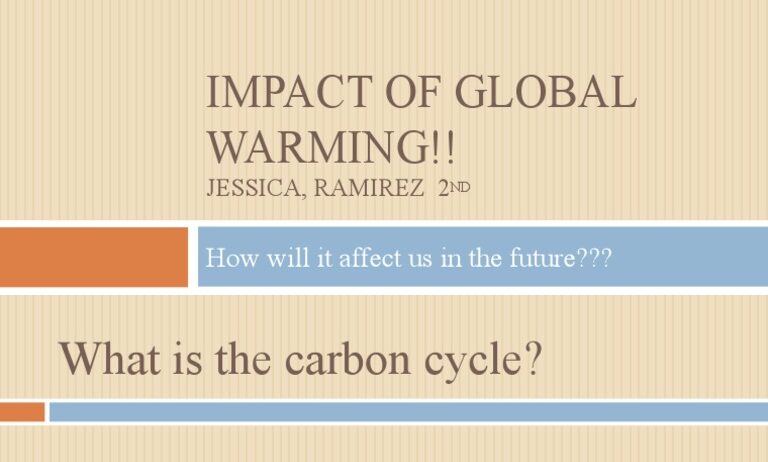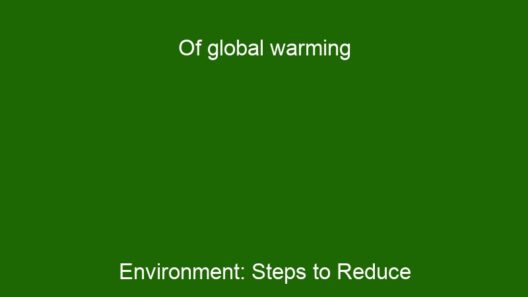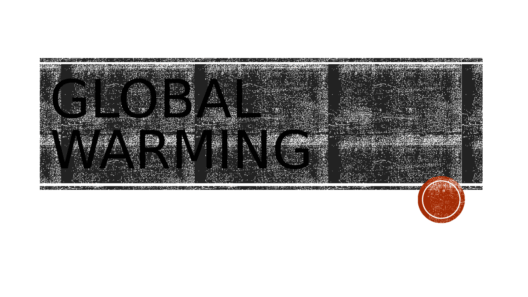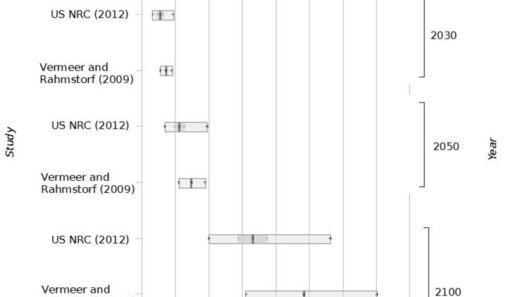Global warming represents one of the most existential challenges of our time, forging a path towards environmental upheaval with profound implications across ecological systems. The incessant rise in global temperatures, primarily a result of greenhouse gas emissions from human activities, has catalyzed numerous changes within our environment. Understanding how global warming impacts the environment necessitates an examination of these phenomena in a comprehensive manner.
As average temperatures continue to escalate, the natural world is experiencing a cascade of changes—from melting ice caps to shifting ecosystems. The interconnectedness of these changes underscores the urgent need for action and awareness.
Shifting Climate Patterns and Extreme Weather Events
One of the most observable consequences of global warming is the alteration of climate patterns, manifesting in increasingly volatile weather systems. The incidence of extreme weather events such as hurricanes, droughts, and heatwaves has surged significantly. These phenomena can be attributed to increases in atmospheric temperature and moisture content, resulting in accelerated evaporation and intensified weather conditions.
Regions previously characterized by temperate climates now grapple with unprecedented floods, while others undergo aridification, leading to desertification. This upheaval not only devastates human livelihoods but also has substantial repercussions for flora and fauna. For instance, ecosystems that rely on stable weather patterns face disruptions that impede reproduction cycles and migration habits.
Moreover, extreme weather significantly impacts agriculture, the backbone of global food supply. With unpredictable rainfall and heightened storm severity, farmers are challenged to maintain yields, leading to food insecurity in vulnerable regions.
Melting Ice Caps and Rising Sea Levels
The polar regions are among the most affected by global warming, with the accelerated melting of ice caps and glaciers representing a troubling indicator of climatic disruption. As Earth’s temperature rises, vast expanses of ice in Greenland and Antarctica are succumbing to melt, resulting in not just a loss of habitat for countless species, including polar bears and seals, but also contributing to rising sea levels.
Rising sea levels pose a direct threat to coastal communities, many of which are already experiencing flooding and erosion. This scenario is particularly salient for island nations and low-lying areas where the encroachment of saltwater disrupts freshwater supplies and agriculture. Communities are forced to confront the grim reality of displacement and loss of land.
Coral Reefs: The Indicators of Ocean Health
The effects of global warming extend deeply into marine ecosystems, with coral reefs standing out as one of the most vulnerable. These biodiverse structures are highly sensitive to temperature fluctuations, and rising sea temperatures result in coral bleaching—a phenomenon that compromises the health of these ecosystems.
Coral reefs are not only vital to marine biodiversity but also serve as critical barriers protecting coastlines from storm surges and erosion. Their decline has far-reaching implications for fisheries and tourism, two sectors hinging on the health of marine environments. The loss of coral reefs also signifies the loss of habitats for a myriad of marine species, disrupting ecological balance and food web dynamics.
Acidification: The Silent Assault on Marine Life
Another consequential effect of increasing CO2 levels is ocean acidification. As atmospheric CO2 dissolves in the oceans, the resulting decrease in pH levels adversely affects marine organisms, particularly those with calcium carbonate structures, such as shellfish and some plankton species. This process threatens the delicate equilibrium of marine food chains and could have devastating consequences for global seafood supplies.
Furthermore, the ocean’s role as a carbon sink becomes compromised, thereby exacerbating the climate crisis. The interplay of warming waters, shifting currents, and altered biodiversity creates a feedback loop that heightens the stakes for both marine and terrestrial life.
Loss of Biodiversity: A Tipping Point for Ecosystems
Global warming’s relentless march also harbors dire implications for biodiversity. The adaptation pathways for many species are becoming increasingly constrained as habitats alter or vanish. Some species may thrive in warmer conditions, while others may face extinction—a phenomenon that significantly dampens ecosystem health and resilience.
The interdependencies between species in ecosystems mean that the loss of one can trigger a cascade of detrimental effects. Pollinators, for instance, are falling out of synchronization with the plants they support, which can compromise food production and biodiversity.
In the context of global ecosystems, human encroachment and habitat destruction compound the threats posed by climate change. As natural habitats dwindle, wild species are forced into smaller, fragmented areas, heightening competition for resources and increasing vulnerability to disease and predation.
Conclusion: The Imperative for Action
As the impacts of global warming on the environment continue to manifest with increased severity, a collective response is paramount. Addressing the myriad challenges posed by climate change requires the cooperation of governments, industries, and individuals alike. A multifaceted approach encompassing sustainable practices, innovative technologies, and commitment to conservation can help mitigate the impending dangers of global warming. Investing in renewable energy, protecting existing natural habitats, and fostering awareness about climate change can culminate in a concerted strategy toward an environmentally sustainable future.
The path forward is clear; we must engage actively in dialogues about global warming and its impacts, fostering a spirit of stewardship towards our planet. The stakes are high, and the time for meaningful action is now.

